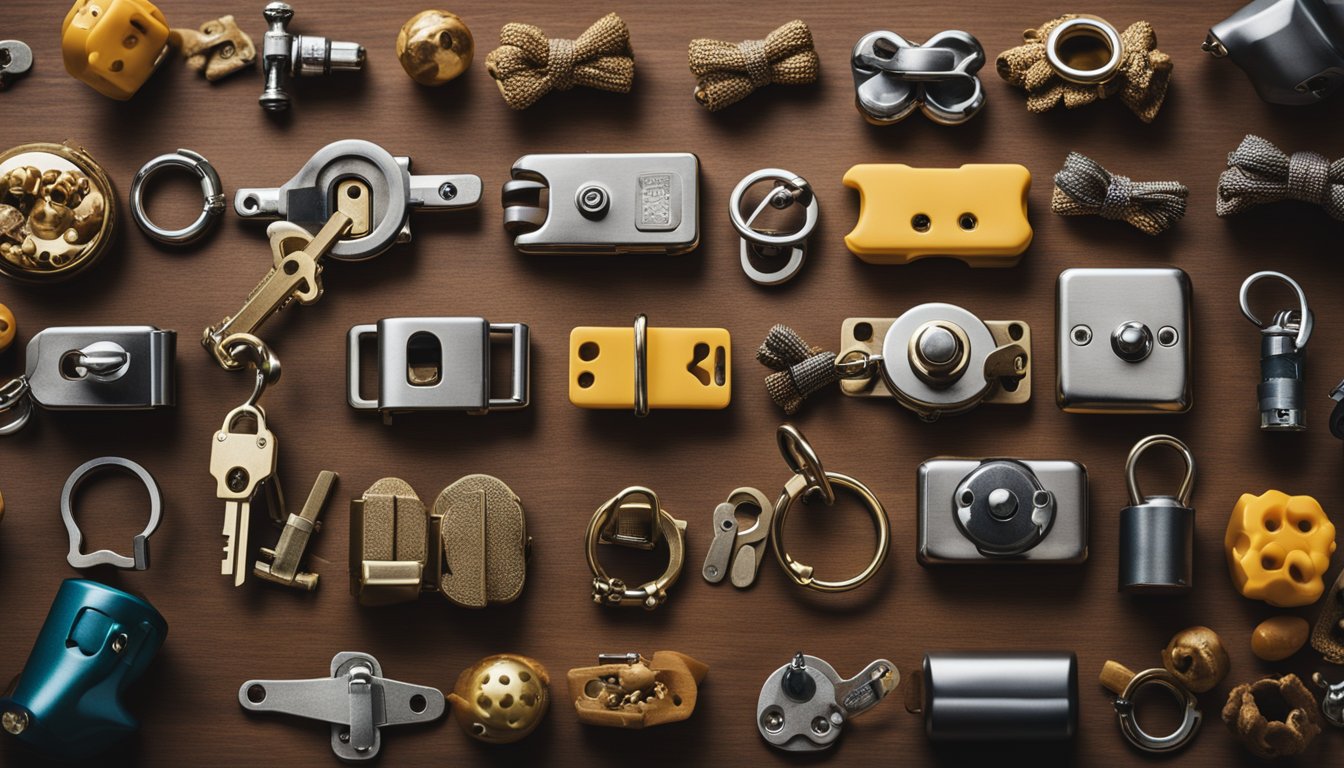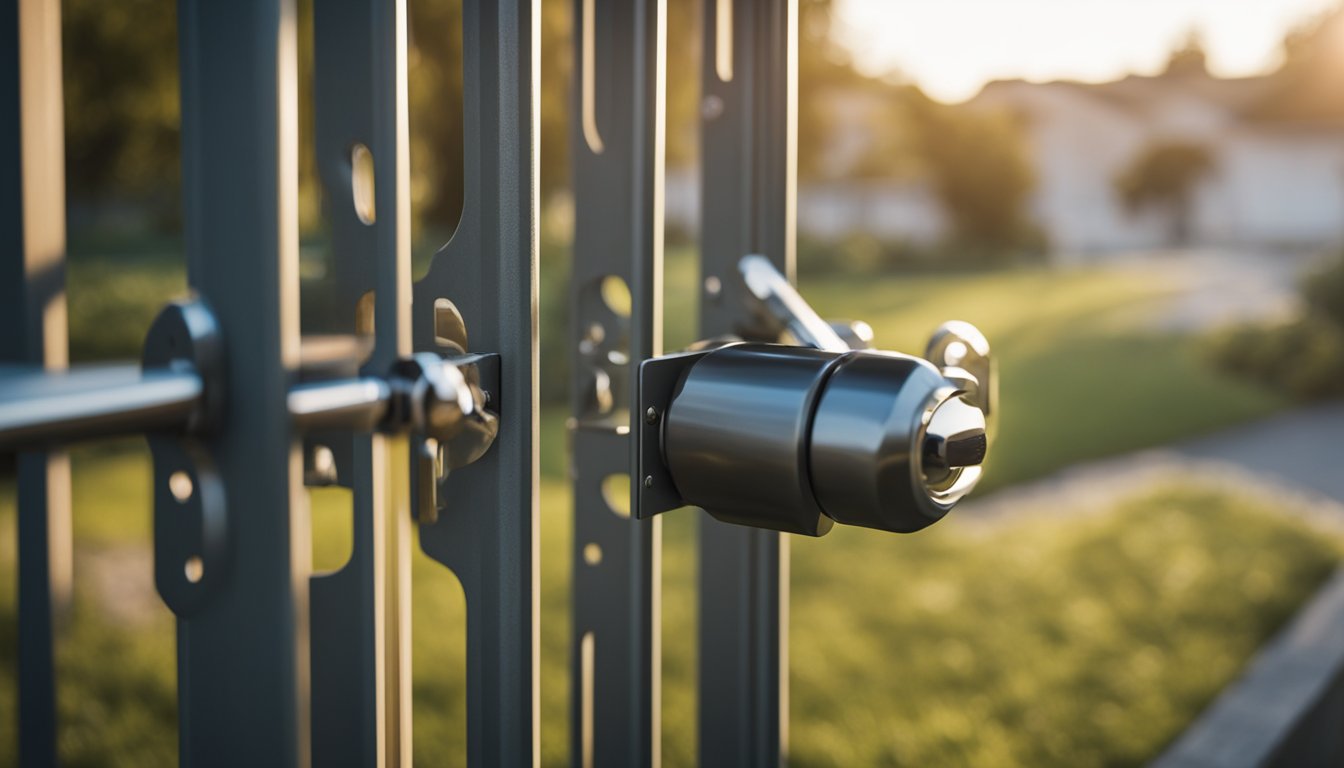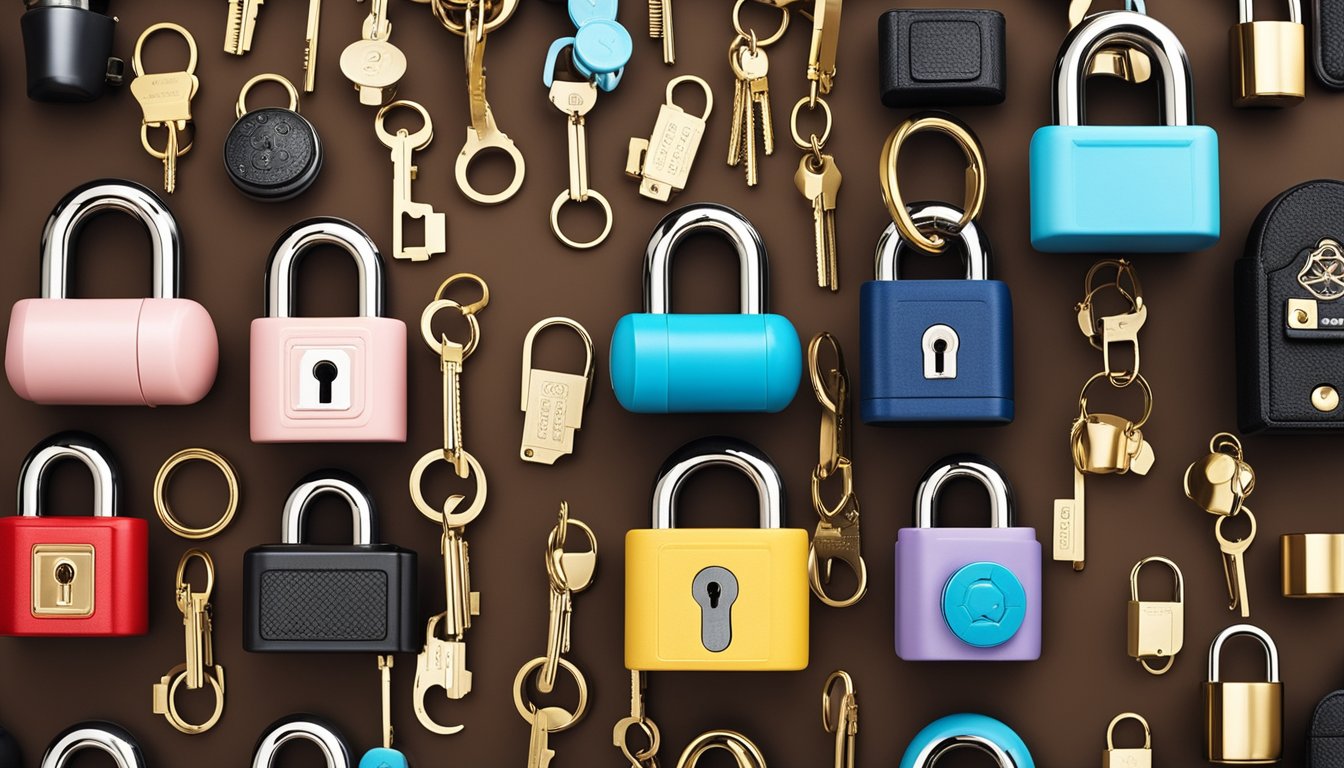Late updated: 19 Feb 2025 12:02
Written by: Elena Prescott
Choosing The Right Locks For Pet Safety: Expert Guidance for Secure Homes
Choosing the right locks for your pet's safety can seem daunting, but safeguarding our furry companions is imperative. A well-implemented locking mechanism not only protects our homes from unwanted intruders but also ensures that our beloved pets remain safe indoors. To maintain peace of mind, selecting the appropriate locks and integrating them with pet gates is essential for robust pet safety.

Understanding the requirements of our pets and home allows us to select suitable solutions that are both practical and secure. We should consider factors such as our pet's size, behaviour, and the specific areas we want to secure. This ensures that our choice of locks and pet gates effectively meets our unique needs.
Delving into the various options available can provide insights that help us make informed decisions. From state-of-the-art electronic locks to simple yet sturdy manual locks, we have a plethora of choices to ensure our pets' safety without compromising on style or function.
Key Takeaways
- Selecting the right locks ensures pet safety and peace of mind.
- Integration of locks and pet gates is essential for optimal security.
- Understanding specific needs leads to smarter lock choices.
Selecting the Appropriate Locks for Your Pet's Safety
Choosing the right locks for pet doors is essential in ensuring both security and accessibility. We need to consider various aspects such as security levels and the types of locks available. Focus on choosing mechanisms that provide peace of mind without hindering your pet's freedom.
Understanding Pet Door Security
Pet door security is vital to prevent unwanted intrusions and ensure your pet's safety. We must select locks with sturdy construction and reliable mechanisms. Pet-proof locks are designed to withstand attempts from curious animals.
Security levels differ across locking systems, from basic manual latches to advanced electronic locks. While electronic locks offer high security and convenience, they also require regular maintenance. Another aspect is the installation height—placing doors correctly can deter unwanted entrants.
Exploring Types of Locking Mechanisms
Various locking mechanisms are available, each offering different benefits. Manual locks, like sliding or flip latches, are simple and cost-effective. They are best suited for areas with minimal security concerns.
Electronic locks provide heightened security and can be programmed to your pet’s microchip. This level of personalisation ensures that only your pet accesses the door. Magnetic locks are another option, offering a balance between security and ease of use. It's important to choose a mechanism that fits our specific needs.
Installation and Maintenance Considerations
Proper installation is key to ensuring your pet door works effectively. We should follow installation tips closely to avoid compromising security. Ensuring the pet door is at the proper height helps maintain both convenience and safety.
Regular maintenance is necessary to sustain the durability and efficiency of the locks. This includes checking the operation of electronic components and cleaning any debris from manual locks. By prioritising these factors, we can significantly enhance both security and usability.
Ensuring the Integration of Pet Gates and Locks

Successfully integrating pet gates and locks is vital for the safety and mobility of pets in any household. By considering the types of gates, the sophistication of lock systems, and the balance between security and pet freedom, we can ensure a safe environment tailored to both pets and owners.
Types of Dog Gates and Their Security Features
Dog gates come in various types, each with distinct security features. Pressure-mounted gates are easy to install and ideal for temporary use, though they might lack durability against larger pets. Hardware-mounted gates, by contrast, offer increased security, being bolted to walls for better stability – they are perfect for high-risk areas like staircases.
Freestanding gates provide flexibility, easily movable and adjustable but require monitoring because they can be pushed over by determined pets. Considering the security level of each type helps us make informed decisions tailored to both our living spaces and pet behaviours. Each type has its advantages, depending on our specific needs and home layouts.
Managing Pets with Advanced Locking Systems
Incorporating advanced locking systems enhances both security and convenience. Electronic locks offer programmable access, ensuring only authorised pets can pass, particularly useful for homes with pet doors. Automatic locking features provide reassurance that gates are always secure after each use.
For convenience, smart locks operated by smartphones or voice commands can be an excellent choice for tech-savvy households. Understanding how these systems can integrate with our existing home setup ensures these locks meet the safety standards necessary for our pets, preventing them from slipping outside or unwanted access from other animals.
Balancing Safety with Pet Freedom
The challenge of integrating gates and locks is maintaining safety without compromising pet freedom. Adjustable gates allow for wide openings when needed, giving pets more freedom of movement under supervision. Using locks that are secure but easy to operate with one hand enhances the ability to manage gates swiftly.
Pet doors engineered with locking systems can control outdoor access without you needing to constantly monitor the door. As we strive to balance these aspects, the key is choosing solutions that meet our security needs while respecting the natural curiosity and independence of our pets.
Frequently Asked Questions

When selecting locks to ensure pet safety, it's essential to consider the type of lock, its functionality, and how it integrates with your home's security needs. Specialised locks and electronic options can enhance security, while best practices for installation ensure that areas remain secure.
Which types of locks are most effective for preventing pet escape?
Mechanical locks such as bolt locks or twist knobs provide robust security for pet doors. These types deter clever animals from escaping when they're not supervised. Coupled with a secure installation, they help maintain boundaries effectively.
What considerations should one make when selecting locks to ensure pet safety within the home?
Consider the animal's size and strength. The lock should withstand force if your pet attempts to push through. Materials should be durable, especially for larger breeds. Also, compatibility with your existing pet door is crucial for seamless integration.
How do specialised locks contribute to the prevention of pets opening doors?
Specialised locks, like magnetically controlled systems, require a certain mechanism to release, which pets cannot activate. These locks are designed to ensure that pets, regardless of their ingenuity, cannot freely open doors meant to restrict their access.
Can electronic locks offer additional security features to keep pets safe?
Electronic locks can provide additional security by incorporating features like RFID collars. These collars trigger the lock to open only for authorised pets. Such technology prevents unwanted animals from entering and ensures only your pets have access.
What are the best practices for installing locks to secure areas that are off-limits to pets?
Ensure locks are installed at heights appropriate for your pet's size to prevent them from tampering. Regular maintenance checks help the locks function correctly over time. It's also wise to provide initial training, helping pets understand limitations.
Which locking mechanisms are recommended by security experts to safeguard pets in domestic environments?
Experts often recommend a combination of manual and electronic locks to maximise security. Deadbolt locks paired with signal-activated systems minimise the risk of accidental opening. Consulting with a security professional can tailor solutions to your specific pet environment.
